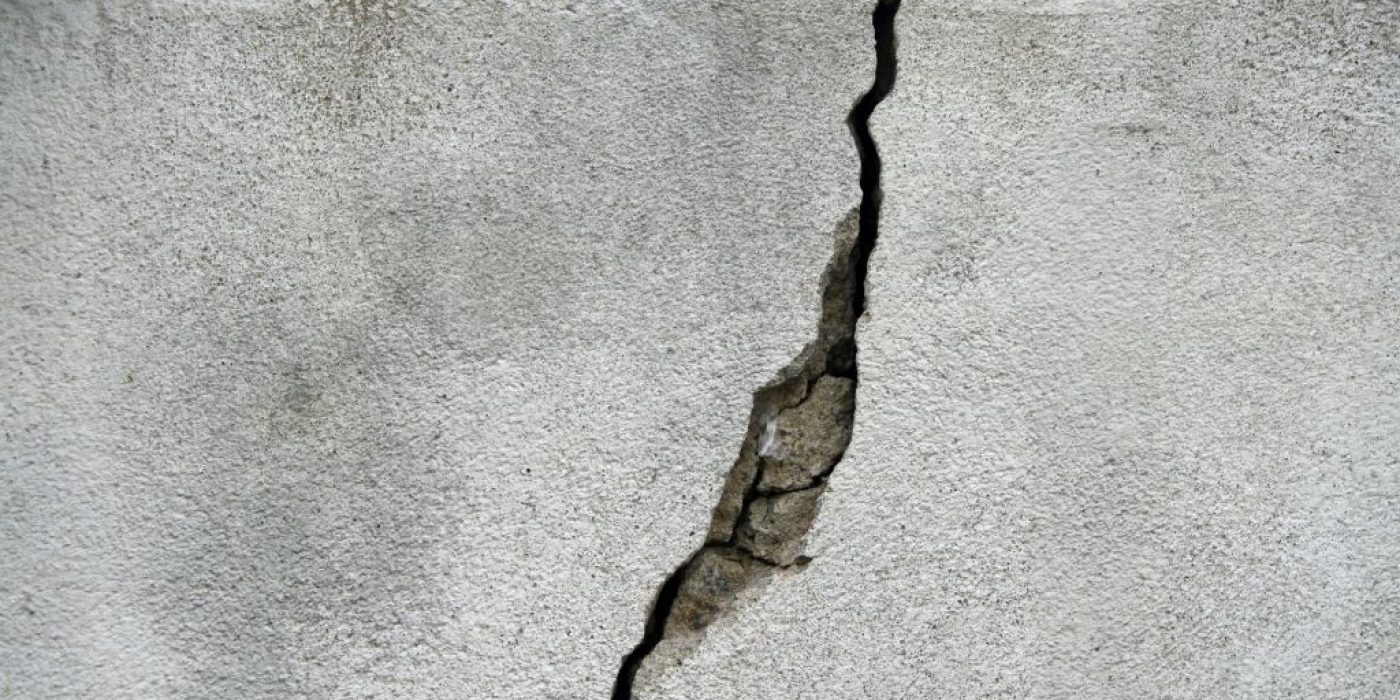During the last two weeks, a key geopolitical event appears to take shape: the border between Kosovo and Serbia may be changed. If confirmed, this will influence not only Balkans geopolitics, but may also re-shape energy infrastructure in the region. Meanwhile, our tech story for the past month is…something rather surprising: ‘concrete’ energy storage.
We thought you’d be interested in learning more about the two topics. The EnVal also analyzes the news coming from Poland – a country whose energy sector appeared to go through an important change, and concluded little is actually happening to that effect. The latest EnVal also holds updates on two infrastructure projects in the region: BRUA and IGB and closes with a fact-check on the WTO’s report regarding the case Russia brought against the EU.
If you’d like to receive the EnVal in your inbox, every two weeks, please register your email here.
New history in the Balkans?
Since mid-August, talk about “border adjustments” and “demarcation” between Serbia and Kosovo has increased. On Aug. 25, at an Austrian conference called “New perspectives on EU enlargement” that both Serbian president Aleksandar Vucic and President Hashim Thaci of Kosovo attended, such talk became official, diplomatic talk.
The announcement that “new history” was in the making as Serbia and Kosovo have been negotiating over new demarcation had clearly not been a surprise to Washington. President Donald Trump’s national security advisor, John Bolton said Aug. 24 in Kiev that the U.S. would not “exclude or oppose territorial swaps”. Germany, on the other hand, remained silent – Angela Merkel is reportedly opposed to such a deal. The EU also kept silent until Aug. 25, when Johannes Hahn, the EU commissioner responsible for the Balkans, sharing the same panel with Vucic and Thaci, had to walk a diplomatic tightrope. He said nothing could be excluded but urged both leaders to ensure any deal “would not destabilize the wider region”. On Sept. 7, the EU will host the leaders of Serbia and Kosovo as part of the ongoing dialogue set to facilitate the two states’ bilateral relationship and their relations to Brussels.
According to the local media reports, the territorial swap that would force new demarcation is between Serbian populated Northern Kosovo (which would become part of Serbia) and the Albanian municipalities of southern Serbia – Presevo, Medvegja and Bujanovac (to become part of Kosovo). Such a swap, followed by border demarcation, is feared to create precedence for other parts of the Balkans doing similar moves. For instance, Republica Srpska, the Serbian inhabited province of the Bosnian Federation, has long said it wants to secede and may use the new border demarcation to its favor.
While the potential for a new agreement between Kosovo and Serbia is the highlight in Balkans geopolitics, such a development would be of paramount importance for the energy sector. Apart from solving the power distribution problems that have had an impact at the European level since early this year, good neighborhood relations will facilitate private investment in energy infrastructure and open up new business opportunities.
Tech: “Concrete” energy storage
A quickly deployable, large capacity and (most importantly) cheap energy storage solution has long been the Holy Grail of the energy sector. Simply put, such a ‘discovery’ would ensure a bountiful clean-energy future, by enabling the transition to 100% renewable energy.
It might thus come as a surprise that a part of the solution could be stacked concrete blocks. Following the precept that sometimes the simplest solutions offer the best results, a Swiss start-up is proposing a surprisingly efficient (yet rather low-tech) way to store energy – by lifting and stacking concrete blocks with cranes.
The test design works as follows: when there is excess solar or wind power, a large crane is stacking concrete blocks weighting around 35 tons, in a circular pattern near and around it, below the crane’s arms. When demand on the grid is high, the crane will do the same process in reverse – lowering the concrete blocks from the stacked tower, generating energy using the crane’s motors as generators.
The physics behind this design is simple: when you lift something against gravity, you essentially ‘store’ the lifting energy by turning it into ‘potential energy’. This potential energy is ‘released’ when the crane’s motors are driven in reverse by gravity, when lowering the concrete blocks back to the ground. The working principle is essentially the same as pumped hydro – the sole difference being that instead of pumping water up, the potential energy is stored by lifting concrete blocks.
Besides, while pumped hydro requires a particular geography to make it possible – two water reservoirs at different altitudes – the “stacked concrete” solution does not. This means it could be quickly and easily deployable in areas where pumped hydro storage is not a solution. Moreover, because concrete is a lot denser than water, lifting a block of concrete requires—and can, therefore, store—a lot more energy than an equal-sized tank of water. The test design of the start-up is a 20MWh system, which has a rather small surface footprint for the amount of energy stored – another possible advantage.
Of course, “concrete” energy storage is not a magic bullet – it will not be the storage medium of the future, but its promise to be low-cost, high-energy dense and quick and easily deployable probably ensure that it will be part of the energy storage mix of the future.
If you’d like to receive the EnVal in your inbox, every two weeks, please register your email here.



